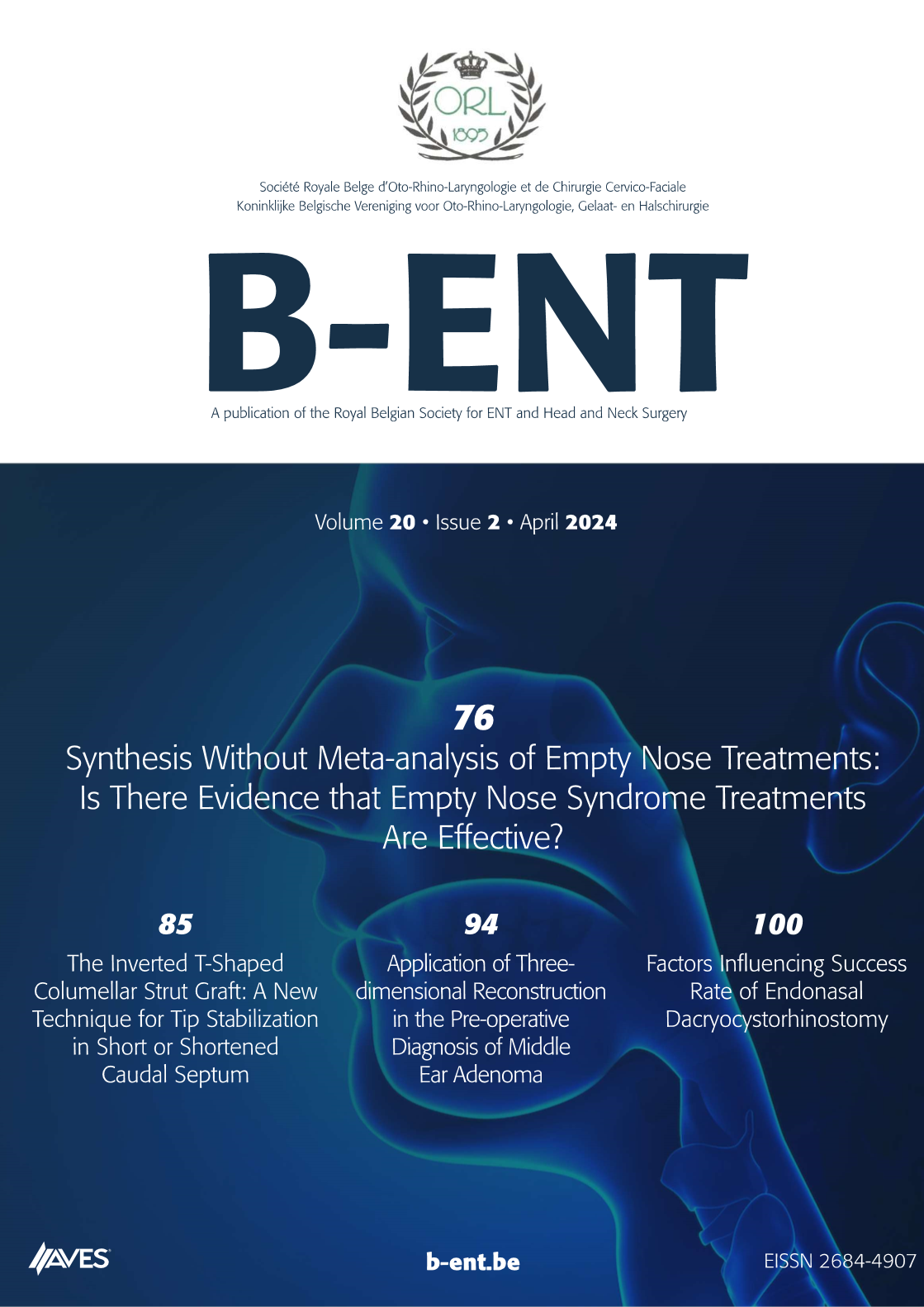Quality of life in hearing-impaired children with bilateral hearing devices. Objective: To evaluate the quality of life (QOL) of hearing-impaired children fitted with either a cochlear implant and a hearing aid or bilateral hearing aids, and to compare their outcomes with those of normal-hearing peers. We also investigated the impact of demographic, clinical, and audiological results on QOL.
Methodology: Cross-sectional study using a generic QOL questionnaire. Questionnaires were completed by children and their parents. Eighty-eight children were divided into three groups: bilateral deaf children with a cochlear implant and a contralateral hearing aid (bimodal group), bilateral deaf children with bilateral hearing aids (hearing aid group), and normal-hearing children. The Spanish version of the KINDLr test was used. Responses were correlated with demographic, clinical, and audiological data.
Results: The questionnaires revealed a high health-related QOL with a total self-rating score for the children and a proxy score for the parents of 75 or higher in five out of six domains. No significant difference was found in the QOL among the three groups. Additionally, there was no significant difference between the self-rating and the proxy total scores, and no significant association was found between the QOL and the variables of the study.
Conclusion: Our results indicate a high level of QOL in hearing-impaired children and their families following treatment with either bilateral hearing aids or bimodal stimulation. Children and their parents reported a QOL similar to that of normal-hearing children.



.png)
